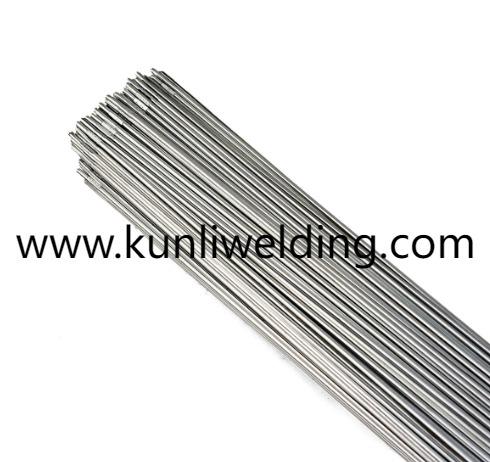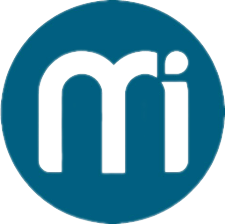Traceability Practices That Speed Root Cause Work And Improve Supplier Dialogue

Early engagement about how a product will be inspected often prevents later disagreement. When procurement teams begin technical discussions they frequently ask China Aluminum Alloy Wire Manufacturers for examples of their inspection routines and representative test records in order to verify that production will meet service needs. That initial exchange frames acceptance, enables clearer contracts, and reduces the risk of unexpected returns.
Inspection begins at the point where raw material enters the plant and continues through forming finishing and packing. At the intake stage visual checks and composition verification create a first layer of confidence that the starting material is appropriate. During forming dimensional checks monitor that the reduction process produces the intended geometry without introducing surface irregularities. At finishing representative functional tests confirm that the mechanical balance and surface condition align with the intended application.
The value of inspection is that it provides evidence rather than assertion. Buyers should ask suppliers for representative test records from previous production runs that are comparable in specification to the intended order. Reviewing these records helps procurement teams understand typical variability and judge whether the supplier operates with the reproducibility needed for critical applications. Where possible request to see how deviations were corrected so you can assess corrective action practices and responsiveness.
Sampling plans should reflect service conditions and not merely a generic checklist. Where the product will be installed under mechanical stress or exposed to aggressive conditions the sampling routine should include tests that simulate those conditions. Functional testing that mimics installation strains yields clearer acceptance outcomes and reduces interpretation disputes at the receiving dock. When specifying tests it helps to describe functional endpoints rather than only descriptive attributes.
Witnessed testing provides additional assurance in higher risk situations. Having an agreed observer or a third party witness tests at the supplier site reduces ambiguity and sets a mutual expectation for test conduct. Witnessed tests also provide a neutral record should disputes arise later. For many buyers a witnessed trial spool that is then evaluated under in service conditions is the fastest route from qualification to routine supply.
Documentation and traceability are integral to the inspection system. Each spool should carry identifiers that map back to the production log so that chemistry, forming history and finishing notes can be retrieved. This traceability accelerates root cause work in the unusual event of a field issue and supports continuous improvement conversations with the supplier. Clear labels and batch references on packing lists simplify inbound inspection and inventory control.
Receipt inspection at the buyer site should be systematic. A standard checklist that includes surface checks dimensional confirmation and packing integrity reduces subjective rejection. Photographic records taken at the time of receipt create objective evidence for discussion and for any claims that may follow. Those records are particularly valuable when goods transit long distances or change hands multiple times.
When suppliers publish product descriptions they often mention typical tests and application notes that can be used as a starting point for drafting an acceptance test plan. Use such descriptions to form focused questions about test methods and sampling frequency rather than accepting vague assurances. Cross checking product language with supplied test reports reveals whether the supplier's public description aligns with operational practice.
Finally, building a file of supplier test records and inspection outcomes creates institutional knowledge that speeds future orders. Over time that file clarifies whether suppliers meet expectations and identifies areas for cooperative improvement. If you would like a template sampling plan or a receipt inspection checklist tailored to your installation conditions I can prepare one that you can use with suppliers.
In the context of supplier evaluation and technical dialogue, manufacturer product pages can provide helpful orientation and example language for tests and application notes. For additional product descriptions and illustrative testing language see www.kunliwelding.com which many procurement teams consult when drafting acceptance criteria.
- Art
- Causes
- Crafts
- Dance
- Drinks
- Film
- Fitness
- Food
- Games
- Gardening
- Health
- Home
- Literature
- Music
- Networking
- Other
- Party
- Religion
- Shopping
- Sports
- Theater
- Wellness


